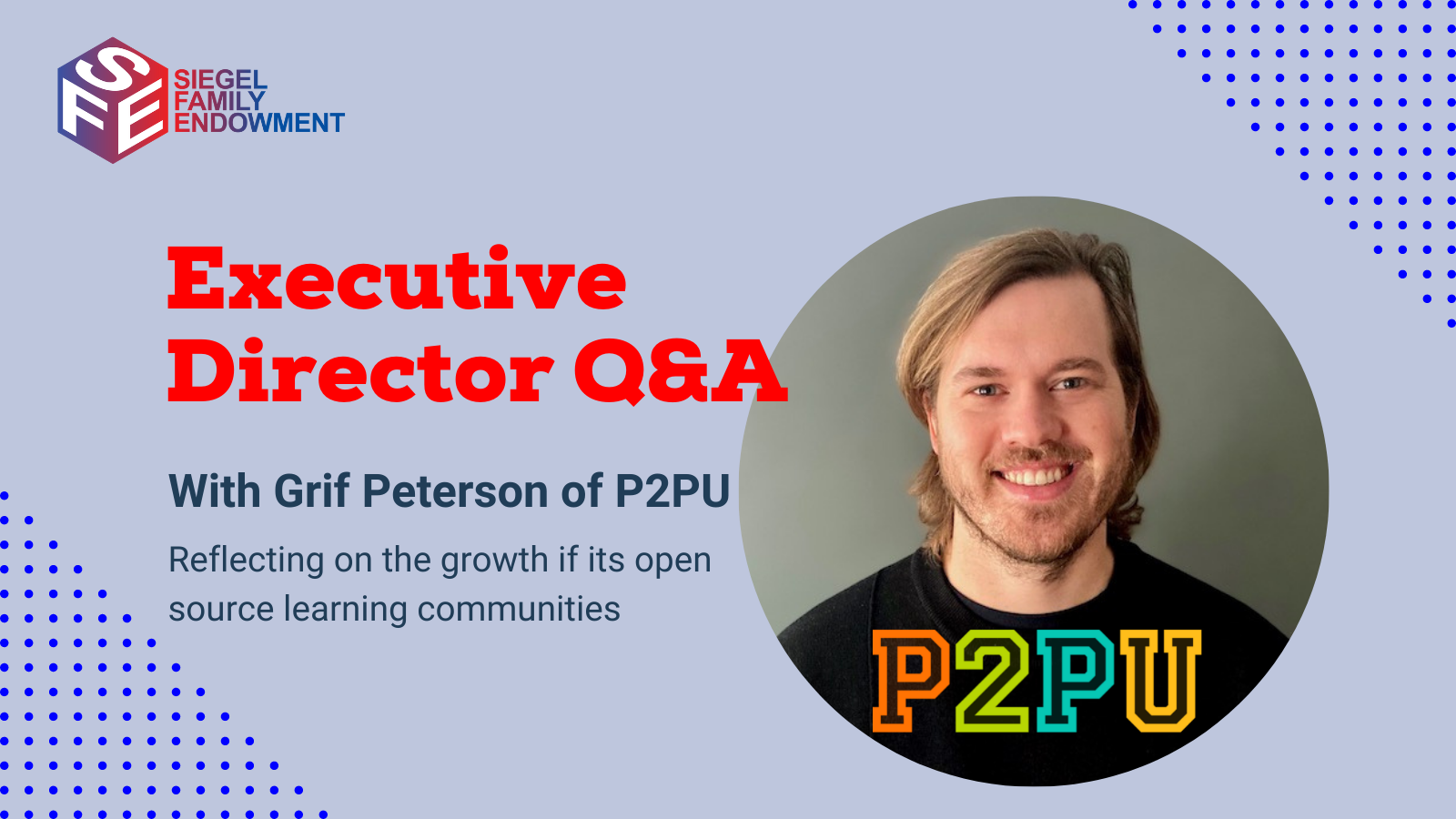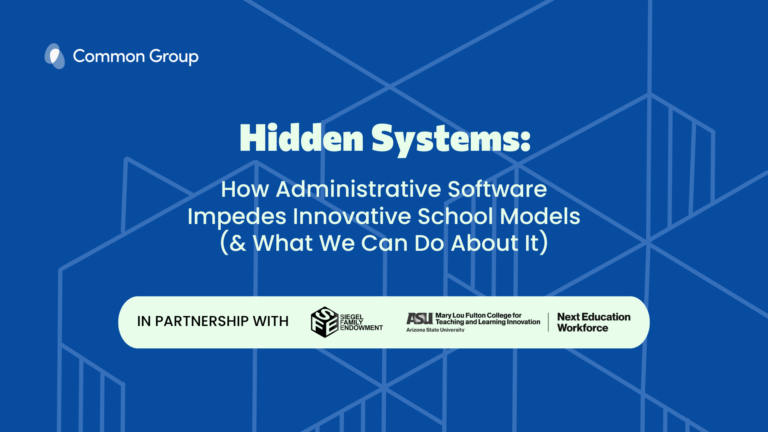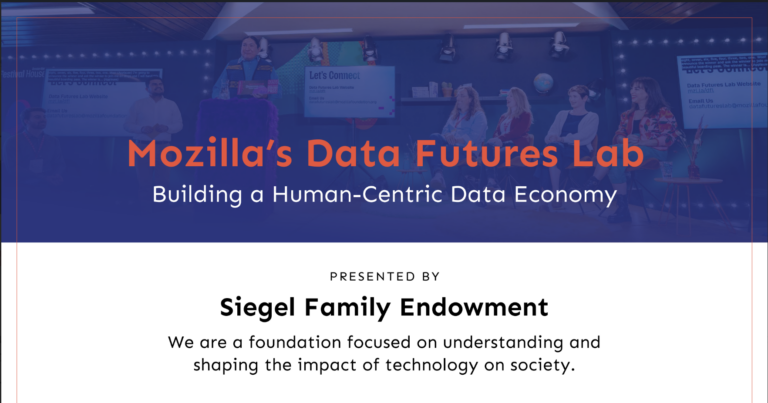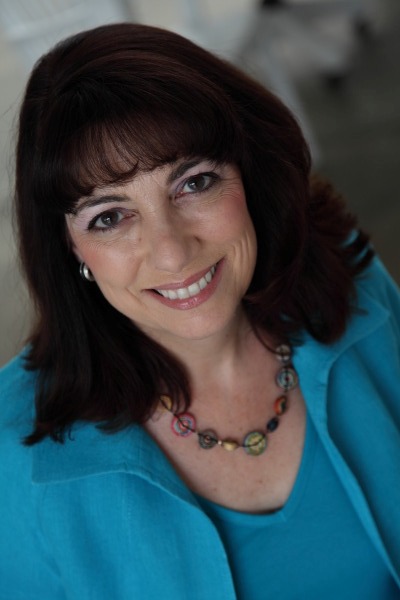
For the last four years, Siegel Family Endowment has worked with Peer 2 Peer University (P2PU) as it has expanded the scope, scale, and focus of its community-driven education programming. Our work together began after the launch of “Learning Circles,” a methodology for free, in-person study groups hosted in local community centers and focused on a wide range of subjects and focus areas. In the time since P2PU launched this highly-personal educational format, its programming has grown significantly and the scope of the organization’s work has expanded globally. We spoke in an ED Q&A with P2PU’s Executive Director, Grif Peterson, to reflect on our work together, and to look at what’s in store for the next phases of P2PU’s growth.
Over the last few years, the majority of SFE’s work with P2PU has focused on expanding and strengthening “Learning Circles.” How has this program grown and changed since we started working together in 2018?
From 2015 to 2017, we piloted learning circles in Chicago and Nairobi to prove the viability of the concept: we believed there was a pathway to high-quality and accessible learning experiences in libraries by pairing open educational materials with peer learning practices. We found universal enthusiasm for the concept through the initial pilots, which is what led us to start working with Siegel Family Endowment in 2018.
As we expanded the program, we faced the challenge of identifying a business model that would be best for our long-term sustainability. P2PU is a non-profit organization, and we had been almost exclusively grant funded up to this point. We wanted to prove that learning circles could generate revenue on its own while remaining free, open-source, and appropriate for the community it served. To do this, we needed to better understand the value we provided to the broader open-source community without falling into common edtech traps, like paywalling course content or treating lifelong learning as a commodity. Furthermore, we wanted to avoid building out an immense learning management system that would be expensive to maintain and be limiting for learners with limited digital or language fluencies.
Through our ongoing collaboration with SFE, we have been able to create a highly-adaptable set of consulting services and an institutional membership program for libraries, both of which add value to a common set of shared tools, resources, and community without gatekeeping any of the essential elements of learning circles.
What other programs have you built out in the last few years beyond Learning Circles, and what kinds of work are you planning to take on in this next stage of growth?
The SFE grant gave us space to experiment and figure out where and how P2PU could best add value to our partners, and our Learning Resources Library is probably the best example of this. We knew from the beginning that we didn’t want to exclusively author course materials or build out an online course search engine. We are too small to be operating at that scale, and there are plenty of other organizations who already do it well. But this doesn’t mean we don’t have anything to say about creating online courses, or adapting them for learning circles.
After a number of iterations, we developed a series of lightweight tools and resources that complement what’s already out there. We launched a community-curated library of popular free online courses, augmented with facilitation guides and broader topic guides that introduce common practices and resources for the most popular learning circle topics around the world.
We also developed Course-in-a-Box, an open source tool for course developers who want to create free online courses in the learning circle format. Creating new topic guides and facilitator guides has become a big perk of membership, and Course-in-a-Box has turned into a sustainable side project in its own right. In 2020, we used it to launch We Are AI, a course with New York University’s Center for Responsible AI designed to introduce New Yorkers to the implications of algorithmic decision making, and another course called How to Talk About Race with two anti-racism educators in North Carolina. We’re excited to continue developing these tools and this business model.
How did you ultimately design your membership program, and how has it affected your relationships with your communities?
A membership model seemed to be desirable for us, given the increased reliability of revenue, but it wasn’t something we really started considering until we noticed that lots of our library partners would come back year after year and ask us to do another training or onboard new library staff. Even then, the transition wasn’t something we took lightly. With some partners this meant we were switching from a relationship where we paid them to one where they pay us.
In line with our organization’s commitment to a community of practice, we’ve been building the details of membership with our partners for more than two years now. We’ve been really excited by the positive feedback we’ve received, as well as the honest feedback from partners for whom this is not a feasible option at the moment. For those partners, we’ve been really clear about all the resources and services that will remain freely accessible, and we’ve just hired a new Community Coordinator to ensure that the health of the open source community continues to flourish once the membership program formally kicks off in January.
Our community feels very strongly about P2PU’s grassroots spirit, and we needed to figure out how membership could draw from and contribute to a public commons while simultaneously adding specific value to both partner library patrons and management. Additionally, one of the most common responses we get after describing P2PU is “that’s great, but how do you make money?” I think being able to give a clear and simple answer to that question is a good thing.
What opportunities do you see for libraries that aren’t getting the attention they deserve?
Like many others, I have mixed feelings when I see public libraries being asked to perform so many different functions. On the one hand, it’s incredible, especially in the US, to see a public institution that so fully answers the call to provide “access for all.” But on the other hand, many frontline library staff are burnt out, and they face an incredible amount of scope creep in their jobs. The unique success of public libraries shouldn’t be an excuse for cities and states and the federal government to avoid creating an actual social safety net in this country. In our own small way, I hope that P2PU can help mitigate some of the demands that libraries face by providing an easy-to-replicate service model that they can implement without needing to reinvent the wheel. There are a lot of other small and grassroots projects out there as well, from the Abolitionist Library Association to Library Futures to Public Library Innovation Exchange to YouMedia that take a similar approach to addressing a different need. I’m excited to see more groups and organizations like this flourish.
How do you see ongoing training and skills acquisition through programs like P2PU’s expanding access to fulfilling careers for people without a college education? How do you think expanded access will affect more traditional credentialing systems?
We’re in the middle of a pilot program for credit bearing learning circles right now, in partnership with College Unbound and Providence Public Library. The pilot allows participants to earn college credit by participating in learning circles at their public libraries. We’ve designed the program to embrace the fact that “non-traditional” learners now represent the majority of college students — so while it’s certainly a way for matriculated students to earn free credit, it also works for learners who are hesitant to pursue a degree and want to try something out in a low stakes environment, or even participants who wouldn’t have even thought about pursuing a degree until doing something credit-bearing with a low barrier to entry.
Despite a growing commitment by public libraries to provide workforce-strengthening education, we’ve noticed that many lack the tangible connection between freely accessible lifelong learning opportunities and the accredited, industry-recognized programs that many individuals need to make the case for a pay raise, promotion, or career change. Degree-granting programs that exist in libraries today are often expensive, subscription-based online programs that utilize proprietary, third-party content and still end up placing a large burden on library staff. It’s our goal to demonstrate that the potential of academic credit need not come at the expense of common library values, like community-based learning and access for all.
We are currently offering credit-bearing learning circles in public speaking, cybersecurity, and anti-racism across Rhode Island, and will be expanding our topics and geographies in early 2022. (We’re also accepting registrations of interest for library staff who want to participate in our national pilot!)
Can you tell us more about your membership program, and how it’s designed to help people get more out of your programming?
We’ve been working with nine partner library systems to finalize the terms of membership – a huge thanks goes out to library staff in Chicago, Kansas City, St. Paul, Los Angeles, Boston, Wichita, Spokane, Pittsburgh, and Providence for all their support. As we talked about earlier, the goal with membership is to add value and deepen impact around informal adult education that can complement what’s freely available through learning circles. So we’ll be offering staff professional development and P2PU-led learning circles, we’ll create new courses and facilitator guides on topics of interest to partners, and we’ll be working together to test, document, and refine new strategies and approaches for community-based adult education. It’s all available at p2pu.org/teams, and we’re excited to onboard new members!





